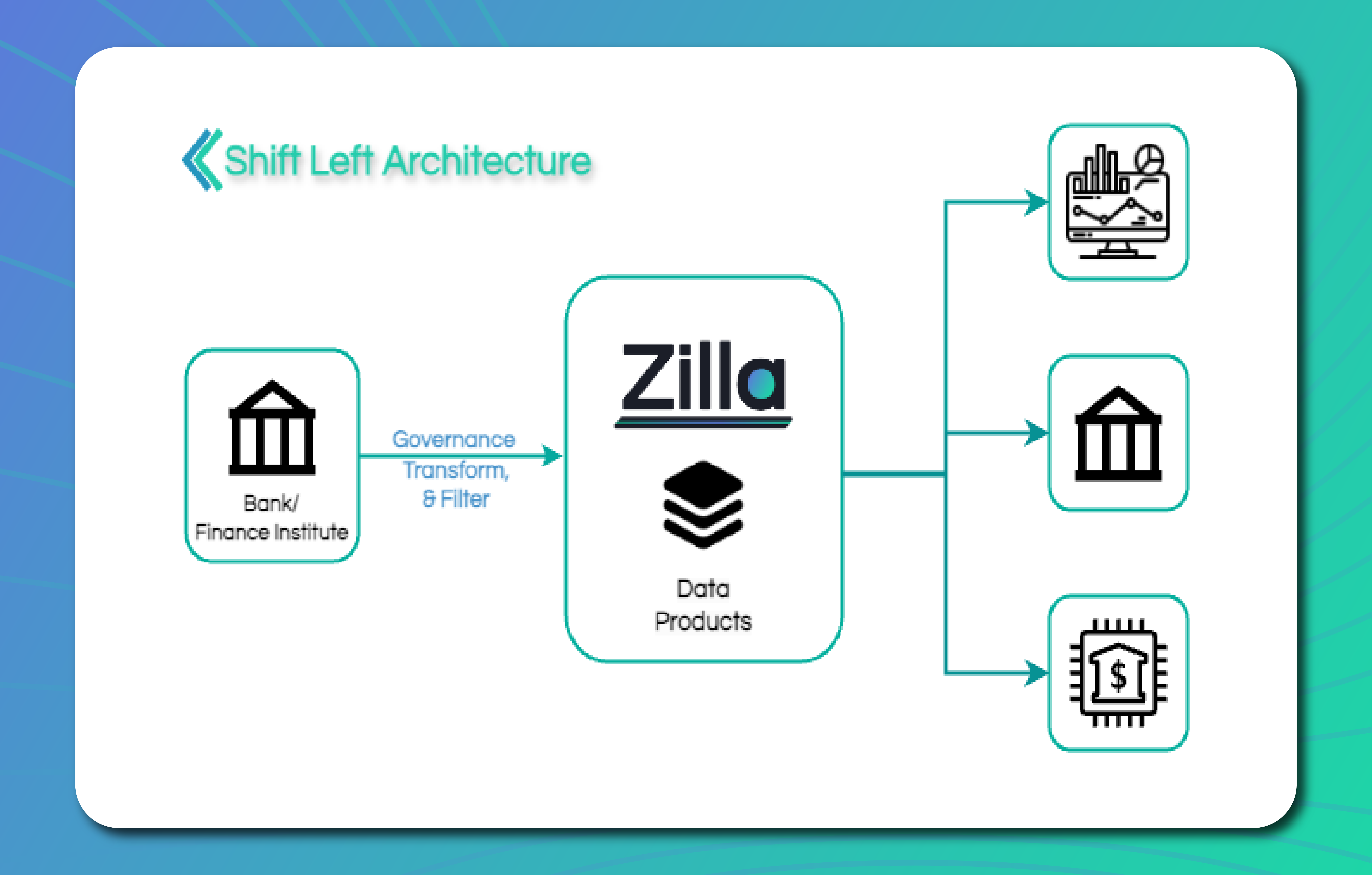What a Mesh! All about Event Meshes
Event meshes — their unique features and applications.



Introduction
In the world of distributed systems, understanding the networks that enable data flow is crucial. A service mesh and an event mesh are two key concepts in distributed systems, each playing a unique role in the seamless data transmission process. A service mesh is a dedicated infrastructure layer that facilitates and manages service-to-service communication. Conversely, an event mesh is a dynamic network infrastructure layer that enables real-time events to flow between decoupled applications, services, and devices. Both play different but critical roles in modern architecture design and data handling.
This article introduces both concepts, focusing on event meshes and their unique features and applications. By the end of this article, you'll have a better understanding of the unique characteristics of a service mesh and an event mesh, their respective use cases, and how they solve different problems in a network infrastructure. More importantly, you'll see how event meshes are emerging as a pivotal component in the era of event-driven applications and microservices.
What Is a Service Mesh?
A service mesh is an infrastructure layer designed to facilitate and manage service-to-service communication in a microservices environment. It is a network of interconnected nodes that breaks down the complexity of managing a multitude of services that interact with each other.
When you build an application using the microservice architecture, you need to ensure that the underlying services of your application communicate with each other so that your application works as expected. This inter-service communication can get quite complex, especially when dealing with service discovery, load balancing, data encryption, and observability concerns. Handling these complexities within each service can be cumbersome and error-prone. A service mesh can handle these concerns across all services, allowing you to focus on the business logic of each service rather than dealing with the intricacies of inter-service communication.
The following diagram illustrates a typical service mesh architecture:

The client sends a request to the service mesh. The service mesh then distributes the request to different services (Service A, Service B, and Service C), each equipped with its own sidecar proxy. These services then respond back to the service mesh, which aggregates the responses and sends them back to the client, achieving load balancing.
Service Mesh Use Cases
A service mesh provides a variety of benefits for applications, especially those built with a microservices architecture. The following are some use cases where a service mesh is commonly utilized:
- Observability: A service mesh allows you to comprehensively track all the traffic flowing between your services. It can monitor and report on various key metrics, such as latency, traffic volume, and error rates, letting developers quickly diagnose and troubleshoot issues.
- Service discovery: In a microservices environment, your services need to find and communicate with one another. A service mesh makes this possible by maintaining a record of all the services in the network and their respective locations.
- Load balancing: A service mesh can distribute network traffic to different services based on preset rules. This ensures that no single service gets overloaded with requests, improving overall application performance and resilience.
- Security: A service mesh helps establish service-to-service security with features like identity verification, encryption, and authorization to protect the network from malicious attacks and unauthorized access.
- Traffic management: A service mesh can manage and control traffic routing to different services based on various parameters that you configure. It enables you to implement techniques such as A/B testing, canary deployments, and blue-green deployments.
- Rate limiting: A service mesh can control the rate of requests that a service can handle, preventing it from being overwhelmed by too many requests at once.
Service Mesh Tools
There are numerous service mesh tools available to help manage your application services. They provide the above use cases and more, which are very useful in the management of complex microservices architectures. It's important to note that these tools abstract the mentioned complexities; hence, you don't need to build these capabilities into their individual services. They can instead leverage the service mesh to take care of these concerns.
The following are examples of service mesh tools:
- Istio is one of the most popular service mesh tools available. It provides a complete solution for controlling and observing service-to-service communication in a microservices architecture. It is platform-independent and can run in a variety of environments, including Kubernetes, on-prem data centers, and multiple clouds.
- Linkerd is an ultralight, security-first service mesh for Kubernetes. It's widely adopted and can handle high-volume traffic in production environments. It provides features like load balancing, failure recovery, metrics, and service discovery.
- Consul, developed by HashiCorp, is a tool that provides service mesh features but can also function as a service discovery tool and a distributed key-value store. It provides features such as service discovery, configuration, and segmentation.
- Envoy is an open-source edge and service proxy designed for cloud-native applications. It's often used as the sidecar proxy in service mesh architectures, such as in Istio.
- Kuma is a universal open-source control plane for service meshes and microservices. It can run in hybrid environments (Kubernetes and VMs) and provides features like traffic control, security, observability, and discovery.
What Is an Event Mesh?
An event mesh is a distributed architecture pattern that enables the seamless and efficient exchange of events among multiple applications and services within a network or across different networks. It provides a unified way to handle event-driven communication, allowing applications to publish and subscribe to events in a decoupled and scalable manner. Unlike a service mesh, which primarily facilitates the request-response type of communication, an event mesh enables real-time, asynchronous, event-driven communication.
The event mesh provides a network of event brokers that allows multiple producers and consumers (like microservices, serverless applications, SaaS platforms, and IoT devices) to exchange information seamlessly across different environments and platforms.
It's a crucial part of event-driven architecture (EDA), where events produced by one service can trigger actions in another. This helps with building a decoupled yet well-coordinated system of services.
Similar to how a service mesh manages requests and responses between services, an event mesh manages events between event producers and consumers. The producers and consumers are decoupled, meaning that the producer doesn't need to know anything about the consumers, providing high scalability, flexibility, and reliability.
While a service mesh primarily focuses on request-response communication between microservices, an event mesh takes this a step further by allowing asynchronous, event-driven communication across disparate services, applications, and systems. It encompasses not only service-to-service communication but also the connection of various endpoints that produce and consume events. These endpoints can include microservices, serverless applications, SaaS applications, IoT devices, mobile devices, and more.
This distinction is crucial in today's highly dynamic and distributed environments, where real-time responsiveness is key and where many services, applications, and devices function independently, reacting to events as they happen.
An event mesh can:
- Dynamically route events from producer to consumer, no matter where they are
- Support a variety of communication patterns, including publish-subscribe, request-reply, and streaming
- Ensure secure, reliable, and real-time event streaming
- Seamlessly connect legacy systems, microservices, SaaS, and IoT devices

In this diagram, Service A and the IoT Device are event producers within the event mesh, broadcasting events to Service B, Service C, and the SaaS App, which are event consumers. Additionally, Service A communicates with an External Service outside the event mesh via traditional request-response communication. The event mesh handles event-based, asynchronous communication inside the mesh while also allowing for request-response communication outside of it.
Event Mesh Use Cases
The event mesh shines in scenarios that require real-time responsiveness, asynchronous communication, and scalability across diverse applications, services, and devices:
- Real-time data syncing: For applications or services that need to stay synchronized in real-time, an event mesh is invaluable. For instance, in an e-commerce application, when you update one service (like a customer's profile), it can trigger an event that is broadcast across the mesh so that all other relevant services (such as order management or billing) can update their own records accordingly.
- IoT data integration: In the Internet of Things (IoT), countless devices continuously generate data. An event mesh can facilitate the ingestion of this data, broadcasting it to the necessary services in real time. This could include analytics applications, data storage solutions, monitoring systems, and so on.
- Real-time analytics: For systems that require real-time or near-real-time analytics, such as a financial system where you need to monitor the market to identify trends, an event mesh can provide a constant stream of events feeding into the analytics system. This enables immediate insights and rapid responses to changing conditions.
- Event-driven integrations: An event mesh is very useful for integrating different applications, whether they are custom-built applications, SaaS applications, or third-party services, based on specific events.
- Multi-cloud, hybrid, and edge deployments: An event mesh can connect applications and services across different environments—public clouds, private clouds, on-prem data centers, and edge locations—thus seamlessly routing and managing events in a distributed setup.
Event Mesh Tools
There are several tools and technologies available for creating an event mesh. These tools provide the infrastructure to handle event-driven, real-time data flow across distributed systems:
- Confluent Platform is a full-scale event streaming platform built on Apache Kafka. It extends Kafka to create and manage real-time data feeds, making it another suitable option for an event mesh.
- Redis Streams, a part of Redis, is an in-memory data structure that allows you to manage data channels between multiple producers and consumers. Redis Streams is an excellent option for building an event mesh when low-latency communication is required.
- IBM Event Streams is a high-throughput message bus built with Apache Kafka. It's suitable for both traditional on-prem systems and modern cloud-based microservices, making it a flexible option for an event mesh.
- NATS is an open-source messaging system for cloud-native applications, IoT devices, and microservices. It supports publish-subscribe, request-reply, and point-to-point communication.
Conclusion
In this article, you learned about service meshes and event meshes, which are crucial components in distributed systems and data flow.
A service mesh is a dedicated infrastructure layer that handles and manages service-to-service communication in a microservices environment. It simplifies inter-service communication complexities like service discovery, load balancing, data encryption, and observability. In contrast, an event mesh is a dynamic network layer that enables real-time events to flow between decoupled applications, services, and devices. Unlike a service mesh, which primarily handles request-response communication, an event mesh allows for real-time, asynchronous, event-driven communication, a key element in event-driven architecture.
Overall, understanding both a service mesh and an event mesh helps you manage data handling complexities in network infrastructure, with event meshes playing an increasingly significant role in the era of event-driven applications and microservices.


Let’s Get Started!
Reach out for a free trial license or request a demo with one of our data management experts.






